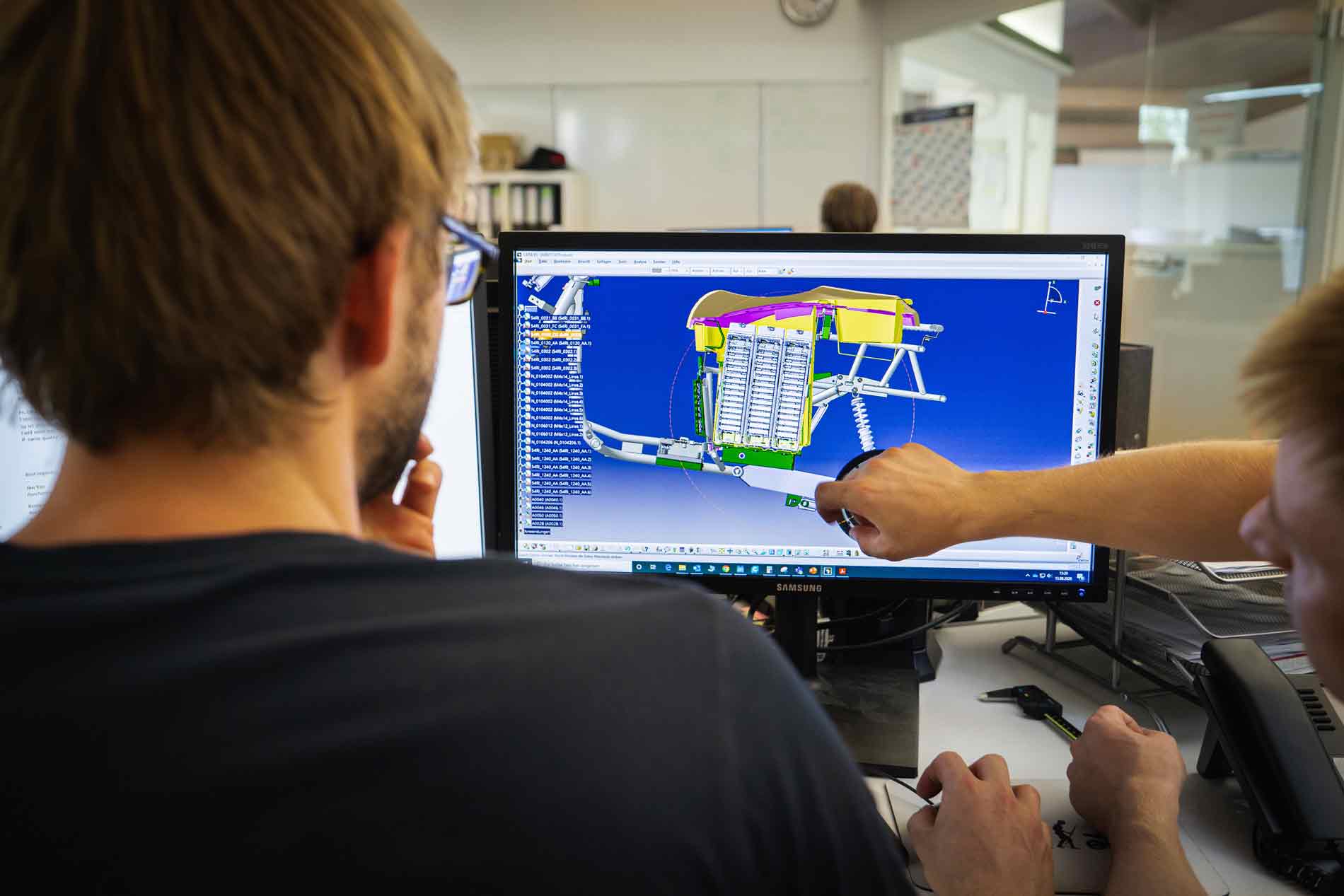
Virtual Fashion Design | A New Aspect To Sustainable Fashion
How can a garment be sustainable before it has even been made?
Sustainable fabrics and high-quality clothes with a long lifetime are important factors in the sustainability of a garment, however, thanks to virtual fashion design, designers can be more sustainable and reduce waste before ever selling any clothes.
Virtual fashion design has been growing its presence in the fashion industry quietly over the past few years among huge companies and independent designers. Recently it has started to grow exponentially due to its ability to allow designers to continue development remotely during the Covid-19 pandemic; but some designers have been using it long before it was a necessity because of its incredible benefits regarding sustainability.
In virtual fashion design software, designers have the opportunity to create a pattern, sew, apply any functional or decorative details and change the fabric of an item. Once a designer has built their garment in 3D, they are able to try it in different sizes, have their 3D avatar walk to see how the garment moves and render extremely high-quality images.
Brands of all sizes and markets are using virtual fashion design software. A few early adapters of are Emilio Pucci, Moschino, and Helmut Lang. As a brand who uses lots of prints and intricate details, Pucci has praised this new process for allowing them to reduce samples by being able to make decisions and see changes in real time in 3D. They have reported cutting down 30% of their time and costs due to developing designs virtually.
The sustainable benefits are visible in this process long before a garment ever reaches the consumer. During the development phase of typical garment production, large brands easily make hundreds of samples per collection. By the time a garment has been fit and fully developed, most of these samples are incorrect and unusable so are therefore discarded. It’s difficult to even imagine the number of samples that become waste in just one year. Large brands release around 15 collections per year on average. Think about every single brand that you know and how many items they have in each collection. Multiply that by 15 collections a year. And then multiply that by 5: a conservative average of how many samples a brand gets per single style. There is a huge opportunity to reduce this number.
Virtual fashion design software allows brands to create these designs in 3D and see highly realistic images that are comparable to photographs. Because images and videos in 3D software are so realistic and accurate, brands have the ability to replace physical samples with 3D virtual samples. This would reduce materials needed for sampling, reduce waste created from excess or unusable physical samples, use fewer harmful processes in finishing fabrics and materials such as dying and furthermore create significantly less pollution through fewer and smaller shipments.


ARE PHYSICAL SAMPLES STILL IMPORTANT? YES!
There is absolutely an argument to be made for seeing a garment in-person before manufacturing. Eliminating all physical samples is a huge, and honestly scary, step for a brand to take. Relying on 3D virtual images instead of something physical is a concept that requires trust. To build that trust, brands are implementing virtual fashion design software into their process in different phases, speeds, and capacities depending on their business. Reductions of physical samples, whether small or large, all add up. There are other outstanding benefits to virtual fashion design, one including speed. Some brands are using virtual fashion design to create 3D samples in a time-crunch because they can be created much more quickly than physical samples. Benefits such as speed are one of many that draw brands into this new way of designing.
Virtual fashion design is an exciting and innovative aspect to sustainable fashion. It can be implemented at different magnitudes and is being used to create realistic 3D samples faster and more sustainably than receiving traditional physical samples.







